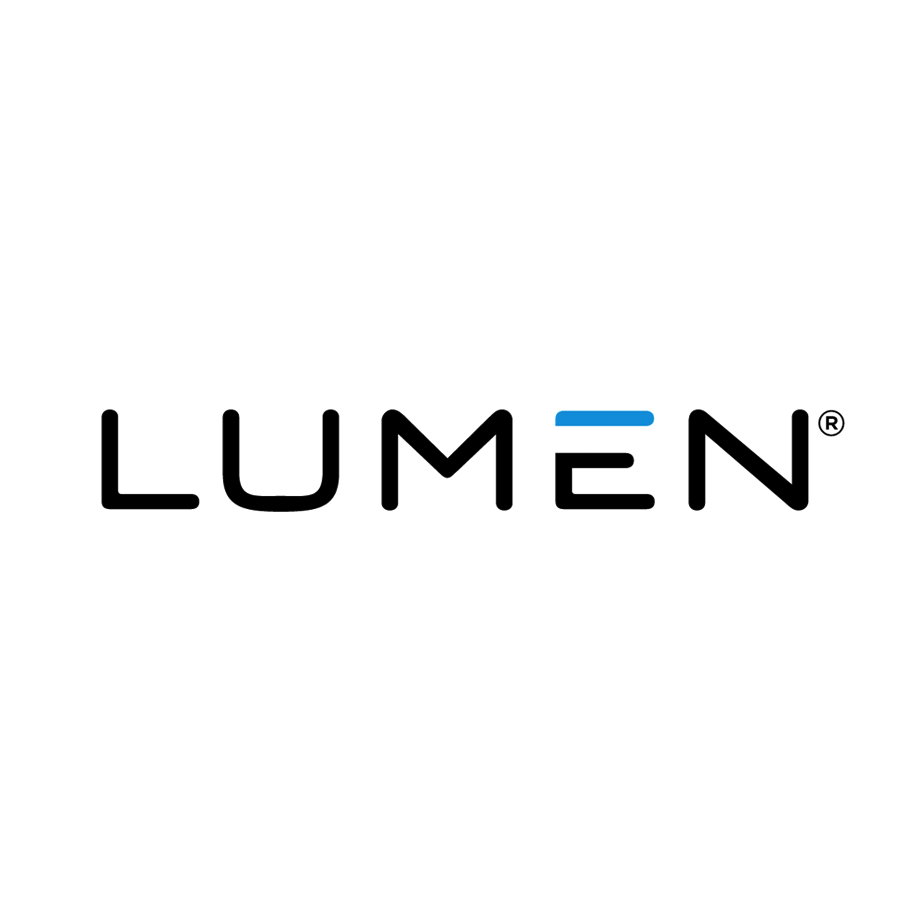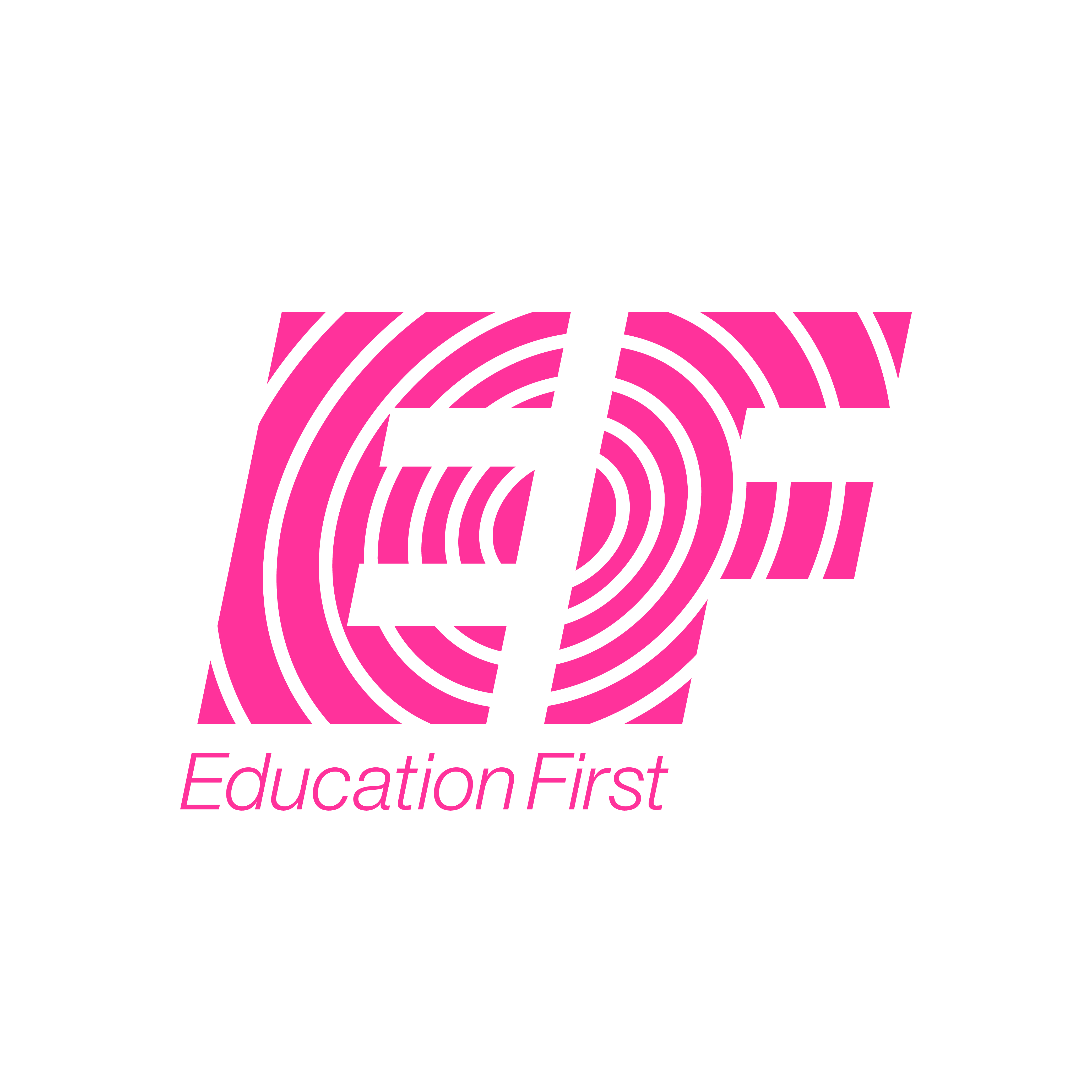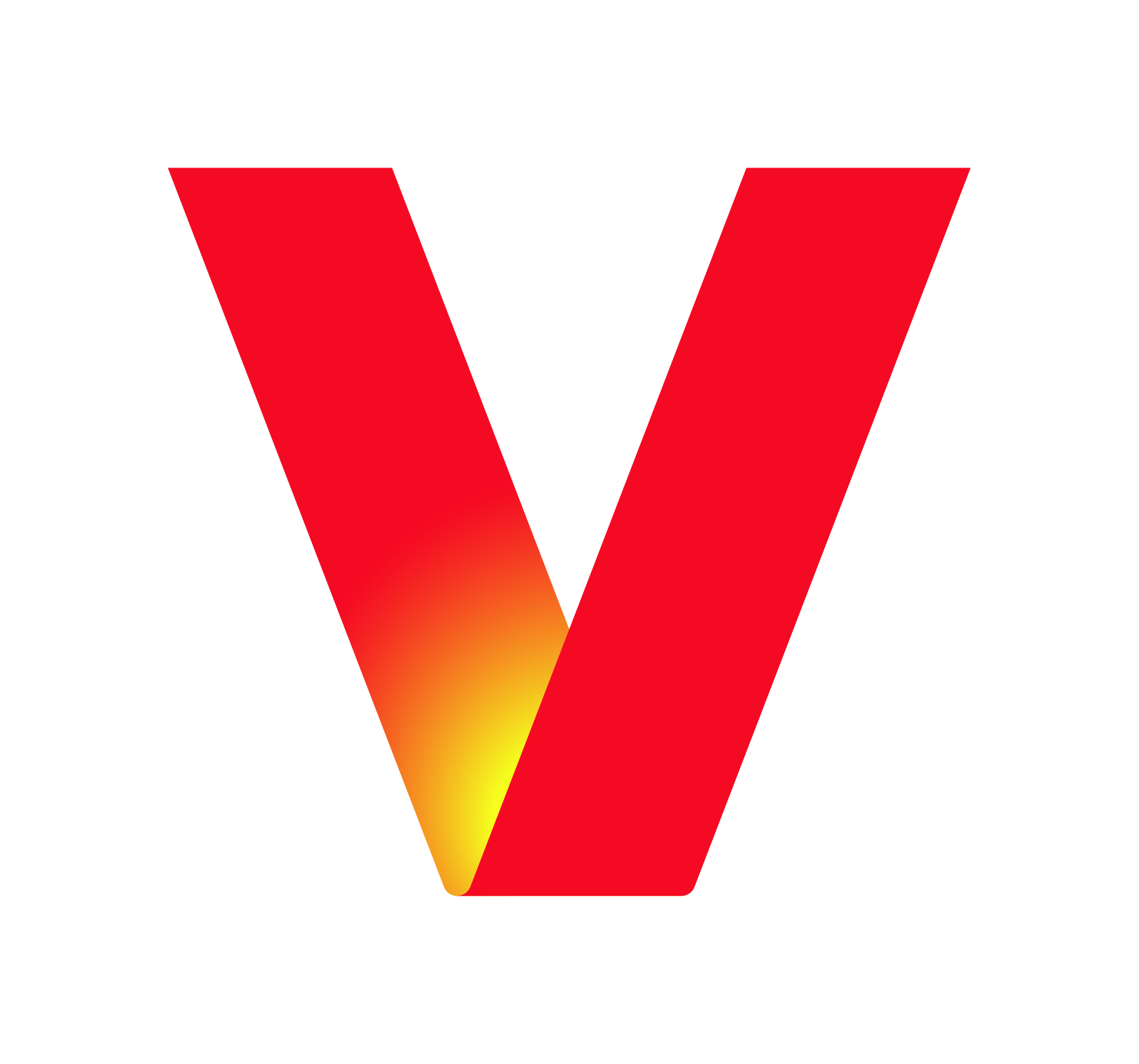Anyone who is active in the job search or who works in career development or workforce development knows that if you go to five different people for resume advice, you’re going to get five different sets of advice. Obviously, there are some no-brainers when it comes to developing your resume: Avoid any and all spelling and grammar mistakes, inappropriate font styles (or multiple) and make sure your contact information is correct.
I’m sharing some of the best practices and strategies I’ve learned in my professional career to help any and all that I can. Having experience from both sides of the desk, I can say that when you develop your resume, think more in terms of them instead of you. What skills do you bring to the table? What problems do you solve? What are the biggest challenges or problems a person in the position you are applying for needs to solve? I’ve seen many folks come through my office with an “Objective” stating they want to thrive in a professional organization with room for growth. Well, a lot of people do. Why should they hire you?
Think of your resume as a marketing document. Some might even say it is one of the most important documents you’ll create in your life because it plays a significant part in your career success. You’re using it to sell you and your skill set to potential employers by demonstrating your ability and experience. Make it a bulletproof, on-paper marketing tool of not only what you have accomplished in the past, but what you can bring to the table for a potential employer. Here are some of the best practices and strategies I’ve coached and encouraged many now happily employed clients to use.
Brevity
“When words are scarce, they are seldom spent in vain.” – Shakespeare.
It’s been said that resumes should not be more than one page. My take is, if you have enough professional experience to warrant 2 pages, then go for it. I don’t see why anyone should go more than two pages though, nless we’re are talking about a federal resume; federal resumes can be several pages long.
Summary
A well written summary can get the attention of the recruiter or hiring manager right out of the gate. This could be 3 or 4 sentences in a short paragraph describing your skill set, your demonstrated successes and / or what you’re known for. These are your opening statements, so impress them with strategic statements showing your expertise in certain areas. You could also talk about your reputation among your clients or colleagues or say that you’re an award winning Widget maker.
Keywords
There is a very real filter called ATS, Applicant Tracking System. This is software that scans applicant resumes for keywords that are included in the job description. If a candidate’s resume doesn’t have enough of the keywords, the resume does not even make it to a set of human eyes, so target those resumes to the job description and use those keywords.
Focused and tailored tightly to the job description
Do not cast too wide of a net. Focus on your skill set, your career goals and what you can do for a company and tout this. There is no such thing as a one-size-fits-all-resume. To be effective, one really needs to get the attention of hiring managers and recruiters by meeting their needs. Focus on the keywords that are in the job description. They are telling you what they want and what the candidate needs to not only be qualified but to be considered as a candidate. Use the job description as a cheat sheet. Leave nothing for interpretation. If they are looking for someone with experience in making Square Widgets, say you have experience in doing that with demonstrated success.
Accomplishments – Quantitative
Don’t try and tell your whole life story. Be concise and to the point. I have found that bullet points are most effective for most parts of your resume, but make sure to lead with a solid action verb. Think accomplishments rather than duties. Most people know what accountants, trainers and sales people do. State what differences you made. Try to give quantifiable results of your accomplishments.
Key Qualifications
Consider using a Qualifications Summary section that lists bullets of objective statements of how you are qualified. Quantify, if possible, but state what you have done that qualifies you for this role. Too many people list subjective statements to sell themselves and to show how they’re qualified for a position. There are a lot of “team players” and “self-starters” out there, but that doesn’t necessarily qualify you for the position. According to LinkedIn, some of most overused buzzwords are “creative,” “effective” and “strategic.” These are tired and cliché.
Thumb Rule / Top of the Fold
There is a rule of thumb called the “Thumb Rule” that suggests you want to impress the reader by the time they get to their thumb, assuming they are holding your resume. Your Qualification Summary should be at the top of the page and under your Summary if you choose to use one. There is also the idea that the most valuable area of real-estate on your resume is “Top of the Fold”. If you were to fold your resume in half, your best and most impressive experience should be at the top of the fold. This is your area to WOW them with your Key Qualifications.
Easy on the Eyes
Recruiters and hiring managers only spend a few seconds when first giving resumes a look over. Make your experience that qualifies you stand out. I’ve already mentioned the use of bullet points and that’s because you want the experience in your resume that makes you a rock star candidate to stand out. I’ve seen many resumes which have the professional experience written out in large blocks of text. Make it easy for the decision makers to read, bullet point that information and do it concisely.
Aside from making the information easy to read, I would be remiss if I didn’t talk about the aesthetics of your resume. Taking from my marketing and creative background, I am a believer in presentation. It is great to use some shading on section title rows to set them apart from the rest of the text. You may even try an accent color on your header, but don’t get carried away. Unless you’re a graphic designer or in some art field, keep it professional.
Lastly, it’s time to retire the AOL email address. Being that your resume is a marketing document, what is the AOL email address saying about you? Keep your email address plain, simple and professional. No nicknames or anything referencing anything other than your name. Also, you don’t need to state “references available upon request;’ obviously, they are and you’re just taking up room on your resume that could be used for more information about your qualifications.
It is my intention to help as many people looking to advance in their careers as I can; I hope this information is helpful. If it is, feel welcome to share this article with your networks.






